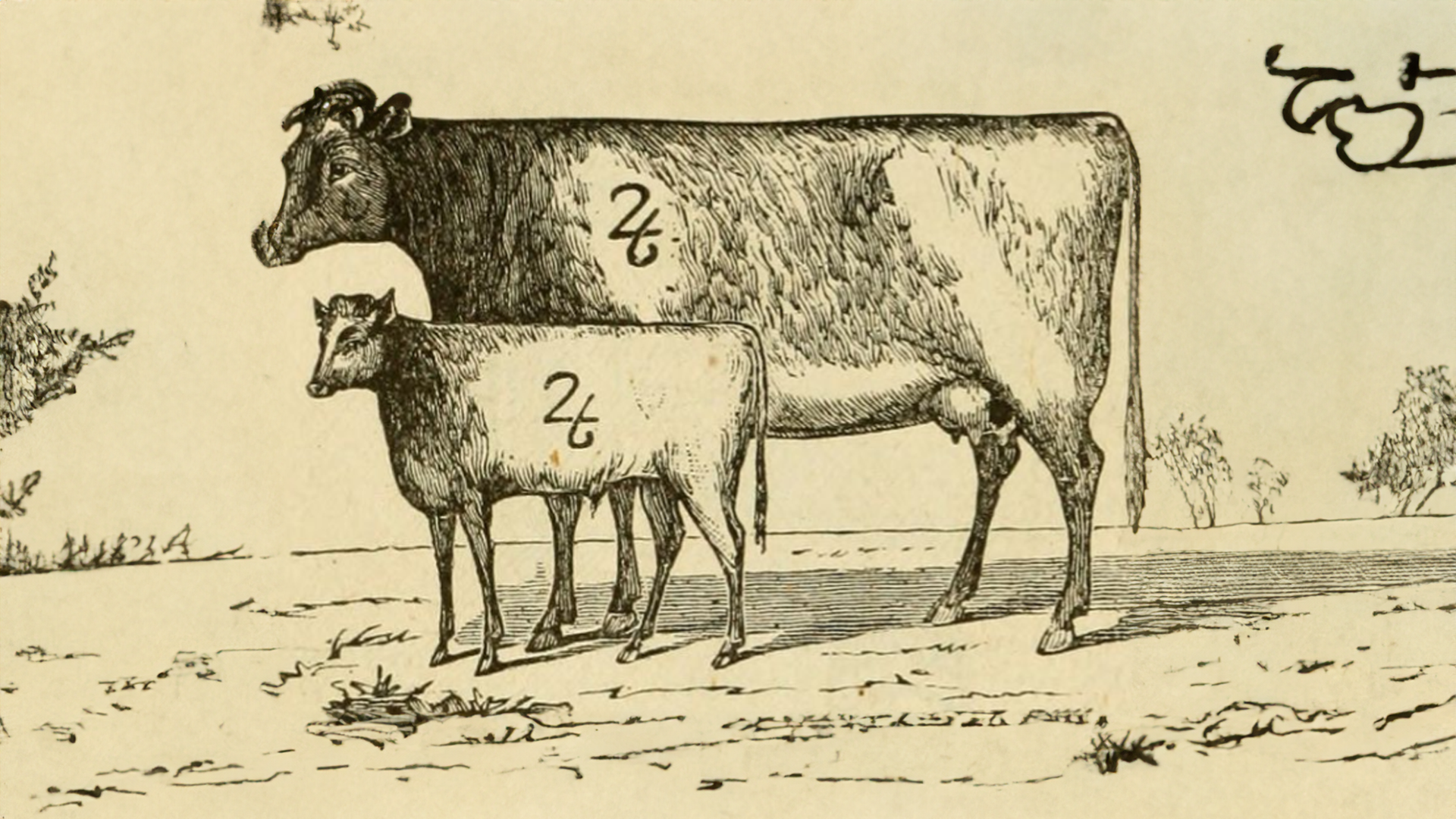It’s a simple question that we should all be able to answer by now. And yet we hear a surprising range of responses when we pose this question to others. A brand is not just a logo (we all know this) so what is it?
We boil it down to two essential and related components:
1. The associations people have with your company.
2. The assets (yes, including a logo) that trigger those associations.
That’s Brand 101, right?
And yet, many people only think in terms of assets; logos and color schemes, typography and illustration styles, etc. They don’t begin by thinking of the associations customers and staff have (or should have) with their organization. They’ll react to designs with ‘that does (or doesn’t) look good’ rather than ‘that will (or won’t) inspire our audiences.’
The best brands (I’m reluctant to use the tired ‘A’ word, but it applies – the most authentic brands) begin by building out a complete understanding of how their audiences currently perceive their brand. Once this key aspect of Discovery is complete, they define how that perception should evolve to align with the company’s mission and vision.
Ultimately, creating the right associations means communicating to buyers what the brand means to them. The best brands in the world don’t tell you what they do. They tell you what they can do for you or what you can do with them.
Here’s a golden oldie as an example: CocaCola’s1920’s campaign: ‘The Pause That Refreshes.’ Coca-Cola didn’t say “We sell brown sugar water made with real cocaine. It’s gonna make you feel great!’ (Although elements of that campaign might do very well today.)
Instead they created an association with rest and relaxation. They told their audience ‘this is going to refresh you. Take a break. Be refreshed.’
The same applies to B2B brands. A great B2B brand is associated with the problems they solve for business leaders, not the products and services they provide. I’m not sure I could list McKinsey & Co.’s specific services, but I’m pretty sure they could help us grow our business.
A brand is a container that you get to fill with meaning. Make sure you do that thoughtfully and mindfully. In doing so, you’ll create the assets that build strong associations with your company and the benefits (functional and emotional) that you provide.
That’s what it means to build a brand.

